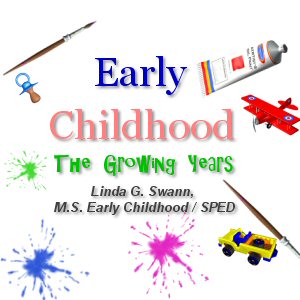Cognitive Development and Exploring
 Cognitive development is greatly impacted by your child’s exploration of his/her environment. As gross motor skills develop, the baby starts to “think” about movements. If the movement is rewarded, it will be repeated. This initiates development of cause and effect, a skill necessary for further cognitive development. Basically, cause and effect means the child’s observation that when he/she creates actions by an action they have initiated.
Cognitive development is greatly impacted by your child’s exploration of his/her environment. As gross motor skills develop, the baby starts to “think” about movements. If the movement is rewarded, it will be repeated. This initiates development of cause and effect, a skill necessary for further cognitive development. Basically, cause and effect means the child’s observation that when he/she creates actions by an action they have initiated.
Introduce toys that involve movement and sound. The “little gym sets” are great. These are the miniature “swing set” frames that fit over the child on the floor. You can change the toys that hang from the gym using “baby links”. Toys should be bright in color, or geometric in pattern (very bold and eye catching). Various textures and sounds encourage the child to focus, which in turn stimulates brain function. Toys that crinkle, bells that ring when kicked, and objects that rattle, can be interchanged to hang from the frames. Always remember safety! The child might grab a toy and put it in his/her mouth, so nothing small enough to be swallowed (watch the eyes/noses on stuffed critters).
As your child grows and moves in his/her environment, select toys that encourage problem solving. The best toys are the ones that have more than one action. The child can and will be creative if the toy has multiple functions. Objects can serve as toys (remember safety). Examples of objects as toys and creativity, are pots, pans, wooden spoons, dinner spoons, metal jar tops, and a metal tea ball on a chain. Your child will play creatively with these objects, cognitively exploring new ways to create movement and sound. Boxes of all sizes and shapes are good additions, as well as balls. Cognitive growth is enhanced with blocks, building sets, puzzles and stacking cups.
When choosing a toy, ask these questions: Is it safe? What can he/she do with the toy? Can I think of at least three ways my child can play with this toy? Is it colorful? Does it have texture? Would it hold my attention? Battery toys are often the least played with by most children.
In the third year, pretend play emerges, and gradually “play schemes” develop. These are actually “little dramatic plays”, developed by the child using his/her imagination and props. Engage in these activities with your child, pretending to cook and eat, feed the baby and pet the animals. As your child gets older, the play schemes will become more expansive. Thus, offer play props (toys) that help your child expand his/her imagination. The props can be things found around the house. Put them in a box and allow your child’s imagination to create the play scheme. Do not allow your child to play only with a favorite toy. Put it away in the morning or afternoon allowing for more diversity in play. Toys should never be limiting, instead they should expand the imagination. And, by expanding the imagination, cognitive growth occurs.











